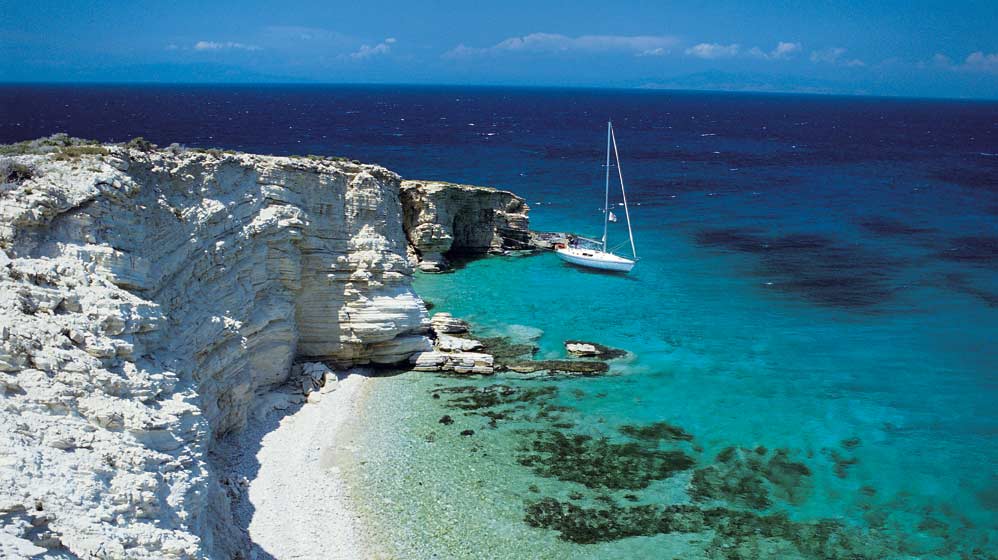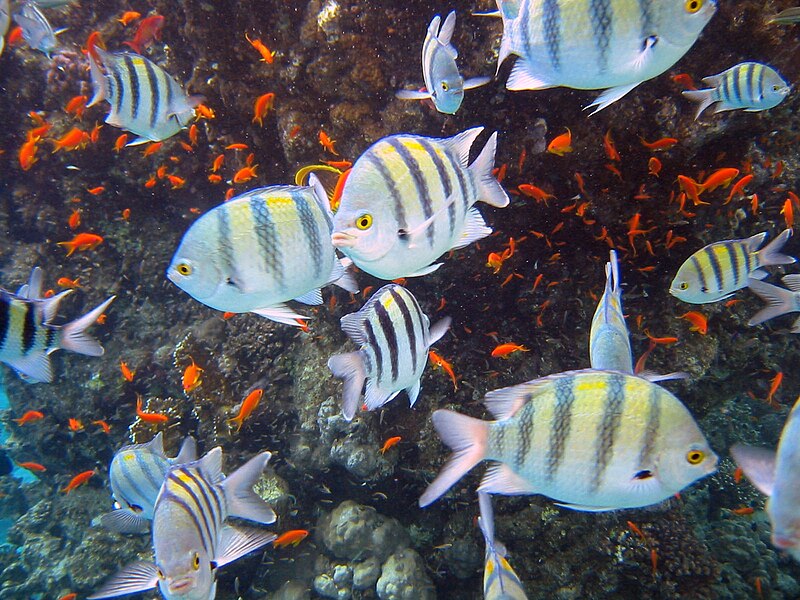Rhodes is a Greek island approximately 18 kilometres southwest of Turkey.
It is the largest of the Dodecanese islands in terms of both land area and population. Historically, Rhodes was famous worldwide for the Colossus of Rhodes, one of the Seven Wonders of the Ancient World. The medieval Old Town of the City of Rhodes has been declared a World Heritage Site. The major industry is tourism.
The island of Rhodes is shaped like a spearhead. The city of Rhodes is located at the northern tip of the island, as well as the site of the ancient and modern commercial harbours.In terms of flora and fauna, Rhodes is closer to Asia Minor than to the rest of Greece. The interior of the island is mountainous, sparsely inhabited and covered with forests of pine and cypress. While the shores are rocky, the island has arable strips of land where citrus fruit, wine grapes, vegetables, olives and other crops are grown.The island was populated by ethnic groups from the surrounding nations, including Jews. In 1947, together with the other islands of the Dodecanese, Rhodes was united with Greece.In ancient times, Rhodes was home to one of the Seven Wonders of the World—the Colossus of Rhodes. This giant bronze statue was documented as once standing at the harbour. It was completed in 280 BC but was destroyed in an earthquake in 224 BC. No trace of the statue remains today.The economy is tourist-oriented. The most developed sector is service. Small industries process imported raw materials for local retail. Other industry includes agricultural goods production, stockbreeding, fishery and winery.Many of the outdoor scenes of The Guns of Navarone (starring Gregory Peck, David Niven and Anthony Quinn) and Escape to Athena (starring Roger Moore and Telly Savalas) were filmed on the Island of Rhodes.Historical sites on the island of Rhodes include the Acropolis of Lindos, the Acropolis of Rhodes, the Temple of Apollo, ancient Ialysos, ancient Kamiros, the Governor's Palace, Rhodes Old Town (walled medieval city), the Palace of the Grand Masters, Kahal Shalom Synagogue in the Jewish Quarter, the Archeological Museum, the ruins of the castle of Monolithos, the castle of Kritinia, St. Catherine Hospice and Rhodes Footbridge.



























